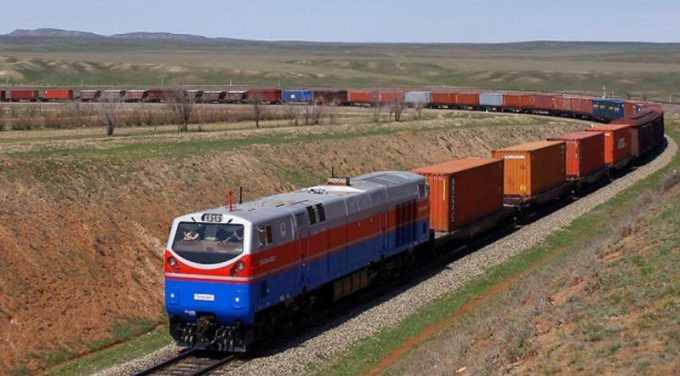China acts to improve reliability of block trains bound for Europe
China Railway Container Transport (CRCT) is trying to create block trains that run on time, ...

China-Europe rail freight volumes spiked last month, with demand for central Asian road freight connections also increasing.
According to China State Railway Group, there were 1,517 Silk Road trains running in July, up 11% year on year, with volumes up 12%, to 149,000 teu.
However, total volumes for the first seven months were up only 4%, to 869,000 teu, continuing the slowdown in growth that began with the Russian invasion of Ukraine.
But Chengdu-based New Silk Road Intermodal noted how congestion on the network had improved over the past week. The forwarder said: “Piled containers at the border with Kazakhstan are being reloaded and delays at all departure stations have improved.
“The overall transit time of the Europe- and Russia-bound trains has gradually picked up. However, the overall market situation was relatively weak, with sufficient space available and freight rates reduced by about 5%… [due to] the weakening purchasing power in overseas markets and power restriction at factories in some parts of China.”
Nevertheless, Igor Tambaca, MD of Rail Bridge Cargo, said port congestion from strikes in Europe was pumping up demand for rail freight.
He told The Loadstar: “We see more requests to use China-Europe rail instead of sea freight, as handling times at the biggest ports is creating delays of five-to-eight days, on top of existing delays in container shipping transit times.”
Interestingly, problems with rail connections in Northern Europe is also impacting ocean freight exports. For example, intermodal operator Metrans said yesterday there were “significant train delays” on the main corridor from the Czech Republic to Hamburg, due to a train accident, a derailment and a damaged railway contact wire.
Metrans added: “Unfortunately, due to this operating situation, it is not possible for us to guarantee the timely arrival of export containers to vessels.”
Meanwhile, Mr Tambaca said there had been more focus on the southern China-Europe rail routes, given the issues with transiting Russia and Belarus.
“The routes through Azerbeidzjan and Georgia are gaining traction,” he explained. “Especially the rail-truck option from Baku, which is very popular at the moment, as it can compete with sea freight, with a 23- to 25-day transit.”
Indeed, demand for China-Europe trucking options appears to be on the rise, with forwarder Gebrüder Weiss recently increasing its haulage capacity through Turkey, Georgia, Azerbaijan and Kazakhstan, citing a “sharp rise” in demand.
Comment on this article